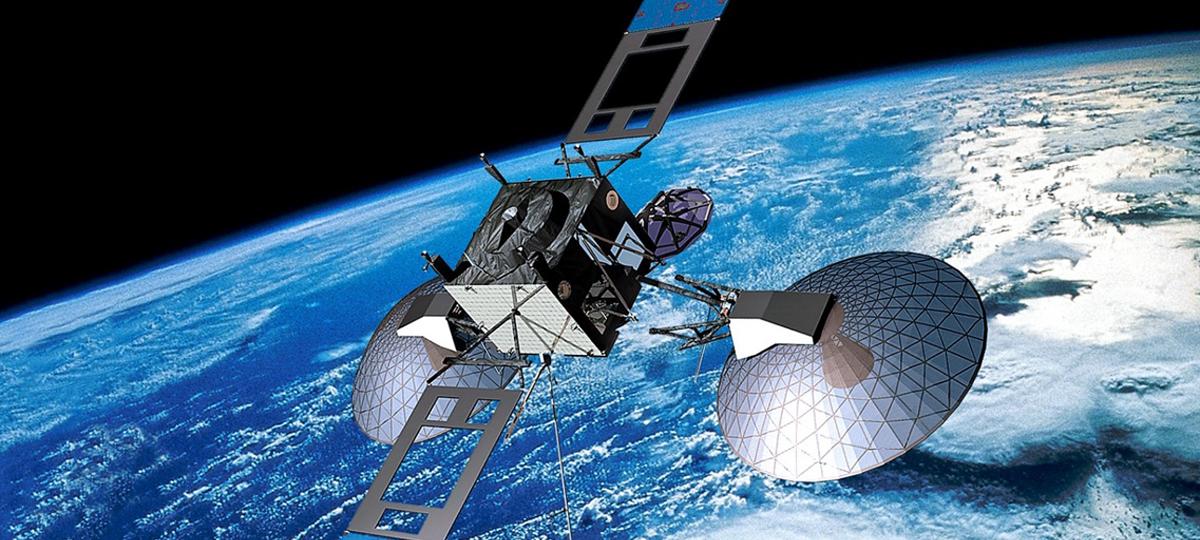And that s not all gps and glonass are being joined by two additional global constellations europe s galileo and china s beidou which together will more the double the number of navigation satellites in orbit around earth.
Why do we need satellites in space.
This orbit makes the satellite travel at the same rate as the earth s spin.
Satellites monitor ocean temperatures and prevailing currents.
Imaging satellites can measure the changing sizes of glaciers which is difficult to do from the ground due to the remoteness and darkness of the polar regions.
Satellite looks like a very high tv mast which located 36 000 km up into space.
Data acquired by satellite borne radars were able to show sea levels have been rising by three mm a year over the last decade.
Nasa has launched many satellites into space.
So on first glance it can be hard to see why we need both.
The weather satellite pictures gif 60k we see on the news come from these satellites.
The first was explorer 1 in 1958.
The first satellite picture of earth came from nasa s explorer 6 in 1959.
It depends on its purpose.
You can also reach a.
Explorer was america s first man made satellite.
Spacex has said 1 584 satellites will be needed for the starlink system.
The soviet union was the first to launch a satellite into space.
If it s communications being in space is like being on a very tall tower.
Satellites are launched into the space to do a specific job there are satellites that are launched to monitor the cloud patterns for the weather station there are satellites that launched to send television signals for sky tv and every satellite has to be designed specifically to fulfill its function.
A satellite is a moon planet or machine that orbits a planet or star.
The satellite isn t motionless though.
You can see a lot more of the earth at once including remote areas without ground antennas like the oceans and polar areas.
It s in a very high orbit and circles the earth once a day.
At the beginning satellites were receiving very weak signal by passive re translators but soon passive re translators were replaced by active re translators transponders.












.jpg)
















